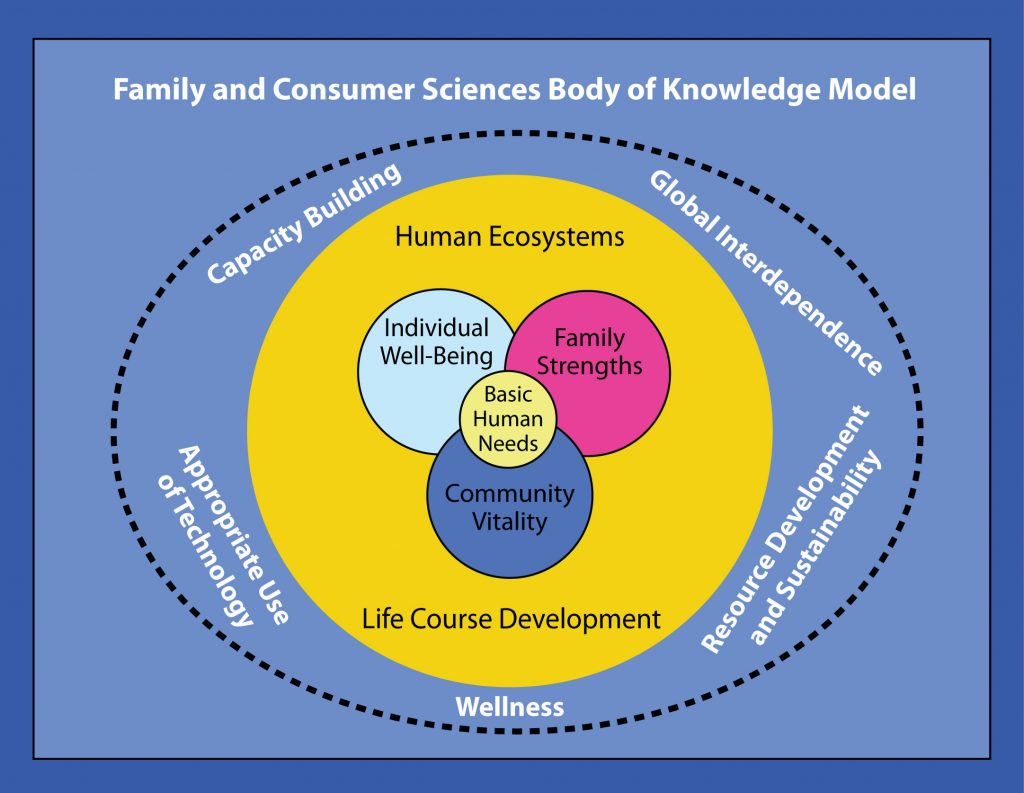For all the cooks and bakers that have gone before me among family and friends, I doubt even one of them thought about their handiwork being “locally made,” or “earth-friendly.” The carbon-reducing benefits of the “home chef” were tremendous as they put meals on the table from local food stores, gardens, 25 to 50-pound bags of flour, butter, eggs, a little sugar, salt and yeast. Their hands-on approach meant a lot less plastic packaging and food transportation costs were involved per serving. Earth Day was everyday. We can learn from them.
First step: Choose to cook and bake simple foods to meet food needs. The National Child and Adult Care Food Program (CACFP) Association provides their members caring for children and adults “away from home” fresh, healthy, cost-conservative, simple meal plans!
Second step: Build food skills, one recipe at a time. Horace said: “He/She who has begun is half done,” so start here!

You may start with a simple collection of Grilled Cheese specialties or “jiffy” breakfast, lunch or dinner recipes.

Third step: Think like a “consumer scientist.” Grab-and-go beverages, meals, and snacks can burn those hard-earned dollars rapidly, mount environmental waste, buzz past any possible family time and defer community get-togethers. Critically think about what you’re doing using the American Association of Family and Consumer Sciences, www.aafcs.org model.

My predecessors cooked three meals plus every day. For our earth, family and communities, why not return “ready-to-eat” foods to the “once-a-week treat” category and “planning to cook or bake” to your daily calendar. Getting Started




Comments are closed.